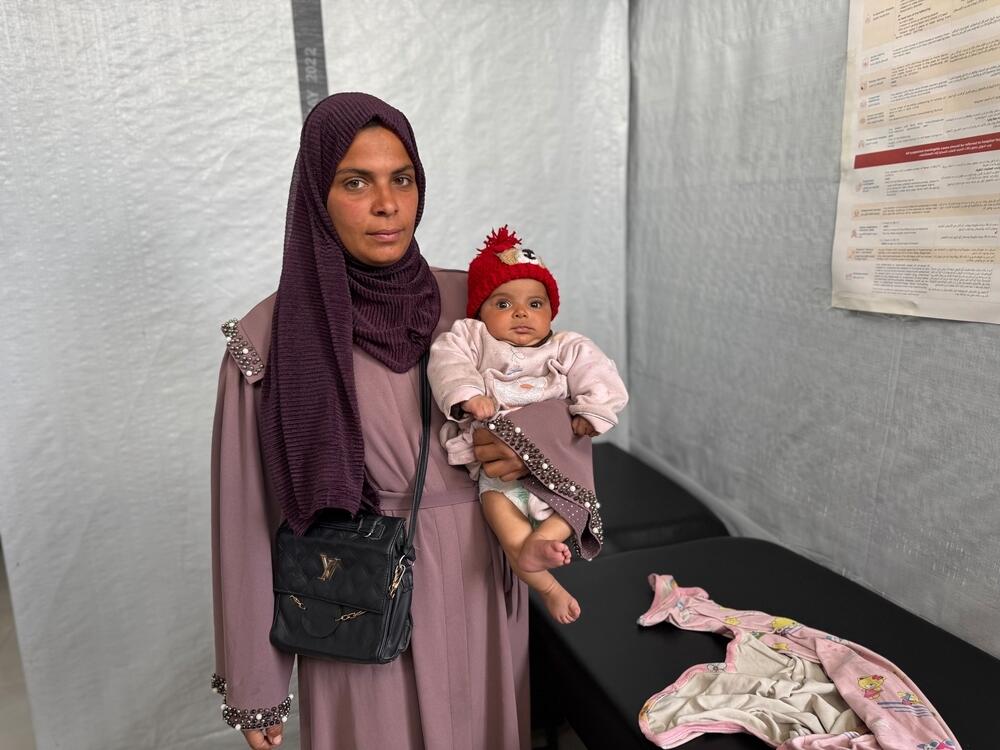The situation for Palestinians and those trying to help them in Gaza has become hell
24 April 2025
Palestinians in Gaza are enduring one of the darkest chapters of the war since its onset in October 2023.
With hostilities reigniting on March 18th, Israeli forces have intensified their military operations across the Strip, while forcibly displacing people en masse with evacuation orders, and attacks and killings of medical and humanitarian workers. These actions, combined with the ongoing full siege of the Gaza Strip for over 50 days, are not isolated—they represent a systematic effort to dismantle its health system and any effective and principled humanitarian response.
MSF, like most humanitarian actors operating inside Gaza, faces daily operational dilemmas in a very volatile and unpredictable context. Do we move our teams from one place to another without receiving acknowledgement from Israeli forces after we notified them? Do we continue to operate in medical facilities that are being continuously attacked? How do we scale up our activities with no supplies or fuel entering the Strip and critical equipment and infrastructure being bombed?
The situation for Palestinians and those trying to help them in Gaza has become hell. With no end in sight, we are rushing towards the abyss. Israeli strikes are also targeting utility and construction vehicles, including bulldozers, water tankers, and sewage trucks. Without access to such essential tools, we cannot ensure minimum access to clean water and sanitation and prevent further health risks for the population in Gaza.
Since the war started, Israeli forces imposed imperfect mechanisms to protect civilians and humanitarian workers. But they have been nothing more than smoke and mirrors, with over 50,000 Palestinians killed according to the Ministry of health and at least 409 aid workers killed, according to the UN. Today, even these nominal systems are no longer in place. Evacuation orders by Israeli forces are forcibly transferring Palestinians into densely packed, makeshift zones, and humanitarians have no safety guarantees.
The Israeli authorities’ use of aid as a political weapon, coupled with the imposition of arbitrary restrictions on international humanitarian actors, while maintaining the illusion of humanitarian access, is coercing humanitarian and medical actors to compromise on their safety and their principles.
Words by Franz Luef, MSF Emergency Coordinator in Gaza




